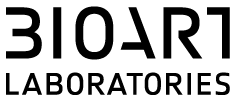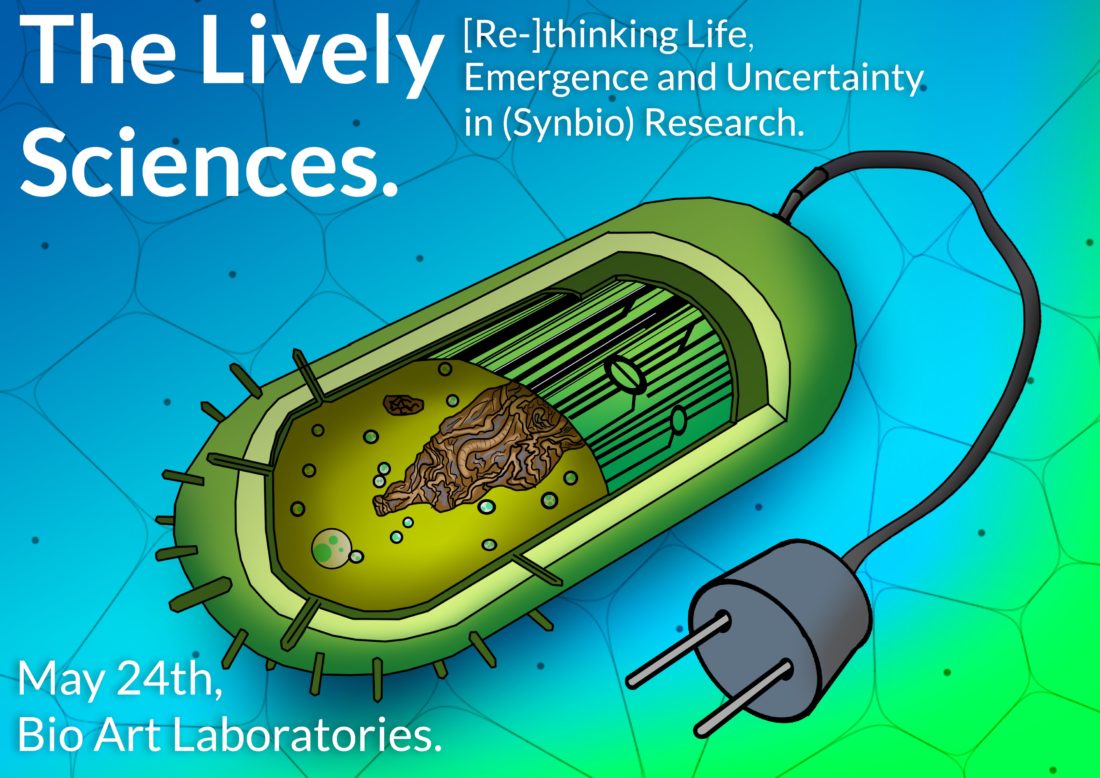The Lively Sciences
Shapes of Debate
The French philosopher Michel Serres once likened the difficulties in communication between the exact sciences and the sciences of man to navigating the Northwest passage over Canada. Life scientists play an important role in the complex technological, industrial, economic and natural transitions witnessed today. But seen the degree of disciplinary complexity, aligning science with society is no small task. Like the notorious Franklin expedition of 1845 that got stranded on Beechey Island, on the West coast of Greenland, attempts to find a means of communication between the languages of science and society remain difficult. Navigational systems of the time carried along an overly confident hope for a North passage. And up till now the conceptual instruments built for a meeting of minds were too primitive to break the ice. Yet, nothing could be more important if one aims to approach innovations in the life sciences in a socially responsive way.
[re-]thinking life, emergence and uncertainty in (synbio)research
On May the 24th, we hosted ‘The Lively Sciences’, an event in collaboration with iArts Maastricht and Radboud University Nijmegen. We showcased novel shapes for exchange, dialogue and reflection on Synthetic Life in the context of the SafeChassis-project. The event invited an exchange between publics that triggered both imagination and critical reflection on the boundaries between nature and artifice, science and society, economy and life. Will petri dishes and test tubes define future steps in evolution? How could synthesised life forms engender social progress? How concerned should we be regarding risks? And how should we communicate matters like these with the public?
To explore these questions, students of iArts Maastricht organized a workshop which aimed at facilitating and understanding new forms of exchange of dialogue. Groups of 5 were guided into different activities which triggered both imagination and critical reflection concerning nature and artifice, science and society, economy and life. Further building on and exploring these complexities of dynamics, the students presented five prototypes of engagement which are still in preliminary stages of research. The conversations and dialogue conducted for 20 minutes each were on the intersection of nature, human and transfer of dialogue in today’s time and space; facing the fundamental issue of how can we transfer rather than translate the establishments from the laboratory to the real world. With the essence of the same frame but different perspectives, the students brought out dialogues between man and man, man and space, space and space. The participants were encouraged to explore marked areas, sites within, introspect, to touch and to feel, understand the presence of silence and words. Multiplicity and subjectivity added layers of complexity and narratives to the experience within the prospective spaces. The discourses within sciences based on perspectives and different world views was a crucial lens to consider to reframe, contextualize and decontextualize.
Location
BioArt Laboratories
Date
May 22, 2019
Category
Debates, Workshops



